On August 18, IEEE Communication Society Intelligent Network and Computing Seminar was held at Crowne Plaza Fudan Hotel in Shanghai. The conference was hosted by IEEE Communication Society and China Communication Society, supported by Fudan University and Shanghai Jiao Tong University. The participants discussed the current situation and development trend of intelligent network and computing, and promoted the technological evolution of intelligent network and computing under the background of 6G development frontier in 2030. Prof. Shen Xuemin, President of IEEE Communication Society, Academician of Canada and foreign academician of Chinese Academy of Engineering, delivered an online speech. Mr. Ouyang Wu, Deputy Secretary-General of Chinese Society of Communication, Mr. Tang Wenkan, Deputy director of Shanghai Economic and Information Technology Commission, and Professor Xu Lei, Vice president of Fudan University attended the seminar and delivered a speech.
This seminar was initiated by Professor Gao Yue from the School of Computer Science and Technology of Fudan University. Professors from Fudan University, Shanghai Jiao Tong University, Shanghai University of Science and Technology, Shanghai University and other universities were invited to give keynote presentations and share the latest trends of academic industry. Experts from Chinese Academy of Sciences Micro-Satellite Innovation Institute, Huawei, Nokia Bell, Tesla, and Shanghai Xinxing Research Institute will serve as the keynote forum, which can be described as an interdisciplinary and integrated academic feast.

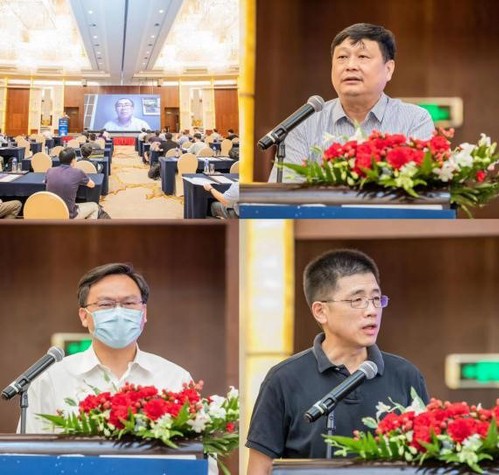
In his speech, President Xu Lei started from the three keywords of intelligent communication, innovation and development and integration of industry and research, combined with the development strategy of Fudan University to build Fudan International Integration and Innovation Center in Qingpu, Shanghai, relying on the solid and profound research foundation of the School of Computer Science and Technology, the School of Information Science and Engineering, the School of Microelectronics, the Department of Materials Science and other departments. You are welcome to join hands with IEEE Communications Society and China Society of Communications to promote the deep integration of the Internet, big data and artificial intelligence with industries, make full use of the current 5G and future 6G Internet technologies to promote the development of traditional industries, and improve the innovation and supply capacity of key technologies.
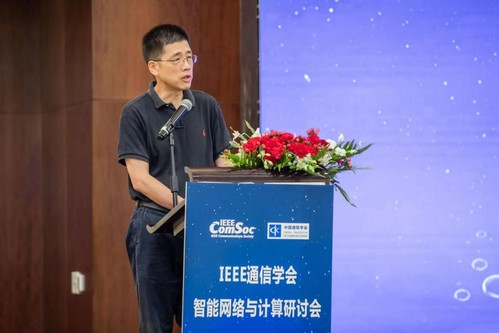
Professor Zhang Wenjun from Shanghai Jiao Tong University gave a report titled The New Generation of Media Convergence Network. He summarized and analyzed the demand for video broadcasting and interactive services in the 5G era, and provided an efficient and sustainable expansion and development path for the establishment of new national channels and all-terminal reachable services of 3D immersive media.

Professor Gao Yue from Fudan University gave a report titled Towards a 6G Integrated Network of space and Earth. He proposed that in order to achieve seamless coverage of the global information network and the Internet of everything, the ground wireless network and satellite communication will be gradually integrated. The development trend of satellite network, Starlink, 3GPP 5GNR NTN satellite and the challenges of satellite grouping are introduced.
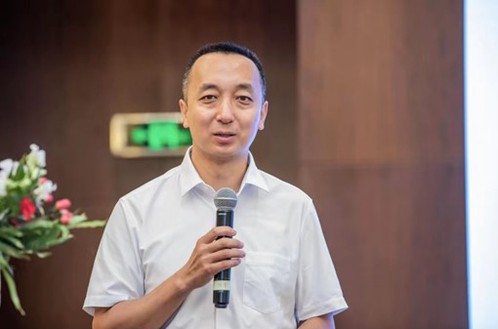
The topic of Professor Chen Wen's report from Shanghai Jiao Tong University was 6G all-scene Network on-demand Service. He proposed a business identification system based on distributed machine learning and a dynamic resource allocation and task scheduling strategy based on wireless access capability federation learning to meet the requirements of wide-area coverage, low delay, low power consumption and intelligent service in 6G all-scene all-area network.

Professor Wang Xin from Fudan University shared a research report entitled Dynamic Resource optimization and online Learning Methods for Wireless communication Networks. Based on stochastic optimization and online learning theories, he proposed to explore dynamic resource optimization and online learning methods for wireless communication networks.
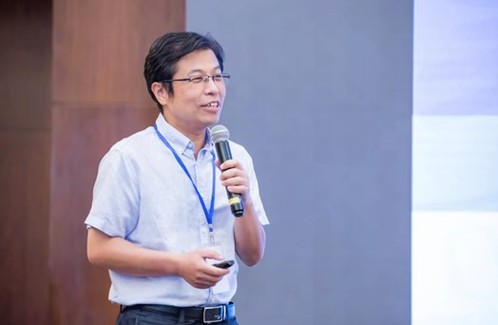
The topic of Professor Zhang Shunqing's report from Shanghai University is Mobile edge Computing in the era of 5G+ integration. He explores the new demands and problems of mobile edge computing by focusing on the challenges brought by the fragmentation of application scenarios and the proliferation of terminal products in the evolution of 5G network.
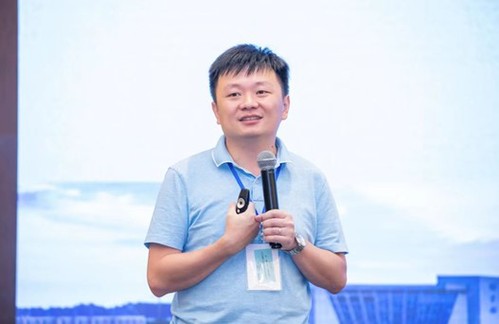
Professor Meixia Tao from Shanghai Jiao Tong University gave an academic report titled Theory and Method of Computational Communication Fusion for 6G Edge Intelligence. She introduced the research group's progress in the theory and method of computational communication fusion, including: rate-distortion theory for model aggregation, air computation for model aggregation and hybrid coding computation for distributed matrix multiplication, etc.
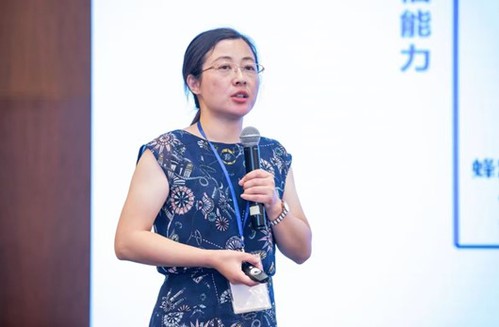
Professor Zhou Yangfan from Fudan University gave a report on the topic of Deep Learning Software Library Testing Based on Fuzzy Neural Network Architecture. By Muffin's test method, he adopted a data stream tracking method to collect intermediate results of key training processes (forward calculation, loss value calculation and reverse calculation) and detect potential failures.
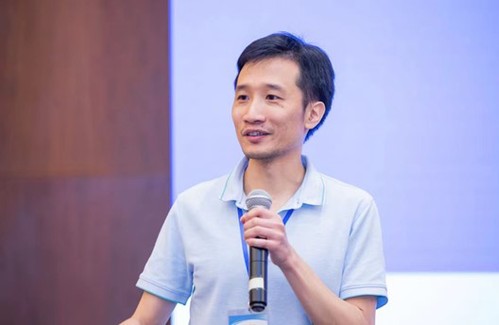
Shi Yuanming, professor of Shanghai University of Science and Technology, reported on the related research entitled Integrated Technology of general-sensing computing for Edge Artificial Intelligence. Aiming at the communication efficiency of wireless federated learning, this research proposed a communication computing fusion method based on air computing to reduce the model aggregation delay. Professor Tian Xiaohua from Shanghai Jiao Tong University gave a presentation titled SD-PHY: Backscatter Communication Technology Supporting Software-defined Physical Layer. He pointed out the agile reprogramming function of physical layer of reflection communication network under ultra-low power consumption at microwatt level. Make unified design reflection generated compound wi-fi communication device hardware, BLE, LTE, LoRa, OFDMA, DCSS reflected signal of the agreement, in order to meet the smart iot ultra-low power consumption of the variable transmission requirements and fitness provides a solution.

Professor Tian Xiaohua from Shanghai Jiao Tong University gave a presentation titled SD-PHY: Backscatter Communication Technology Supporting Software-defined Physical Layer. He pointed out the agile reprogramming function of physical layer of reflection communication network under ultra-low power consumption at microwatt level. The unified design of reflection communication device hardware generates composite WI-FI, BLE, LTE, LoRa, OFDMA, DCSS protocol reflected signals, to meet the intelligent Internet of things ultra-low power consumption and adaptive transmission needs to provide a solution.
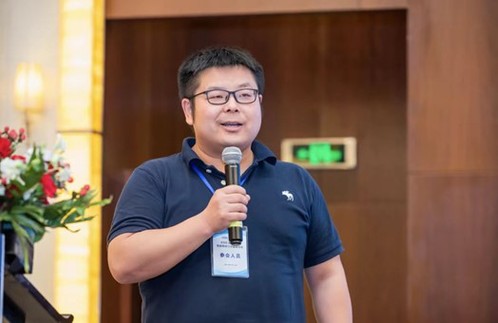
Wang Rui, an associate professor at Tongji University, made a report entitled One Bit Aggregation for Federated Edge Learning with RIS:Analysis and Optimization. He proposed, Due to the unexpected propagation errors introduced into the wireless channel, the performance of 1-bit aggregation will inevitably deteriorate. To solve this problem, a 1-bit communication optimization method based on reconfigurable intelligent surface (RIS) under OFDMA is proposed. To reduce the negative impact of communication error on SignSGD-based federated learning. Specifically, learning convergence analysis is first used to measure wireless communication errors through the union bound of paired bit error rate (BER), and the influence of wireless communication errors on the performance of SignSGD-based federated learning is quantitatively described.
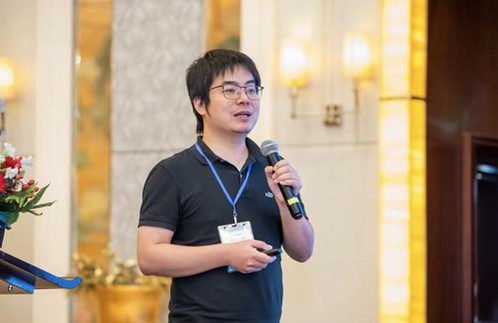
Professor Shao Ziyu from Shanghai University of Science and Technology gave a presentation on Edge Intelligent System Based on the integration of Online Learning and Online Control. He used the constrained random multi-arm slot machine method to carry out systematic mathematical modeling, algorithm design, theoretical analysis and simulation verification.

After the keynote presentation, Professor Yang Yang hosted an expert interaction seminar, inviting enterprise experts from Chinese Academy of Sciences Micro-Satellite Innovation Institute, Huawei, Nokia Bell, Tesla and Shanghai Xinxing Research Institute. They had in-depth exchanges on several hot issues in the industry, including the highlights and difficulties of 5G application, and the prospects in the industry application field; The sign of intelligent network, network from data transmission pipeline to intelligent service pipeline, what impact on the industry; The 14th Five-Year Plan (September 2021) of Shanghai to build a science and technology innovation center with global influence will carry out research on 6G network architecture innovation and forward-looking common key technologies, laying a technical foundation for 6G standardized competition and industrial development. In this context, 6G's R&D and industrialization goals are different from 5G. The demand and drive of 6G air and earth integration network integration, what field will the new network architecture be applied to first, pain points and difficulties, etc.
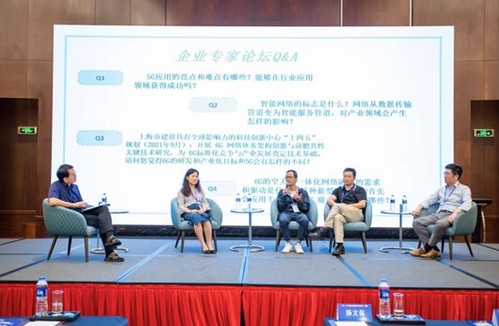
Finally, Zhang Zhaotian, director of the National Natural Science Foundation of China, delivered the closing speech and made the concluding comments. He hopes to continue to deepen exchanges and cooperation, deepen the common research interests, and produce fruitful scientific research results.
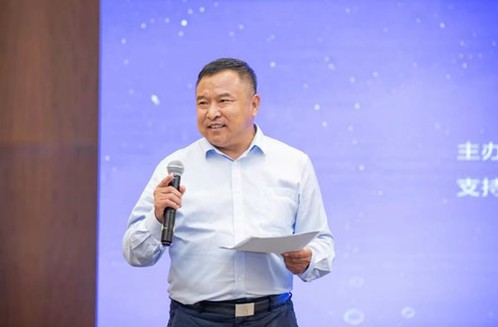
From:www.fudan.edu.cn
